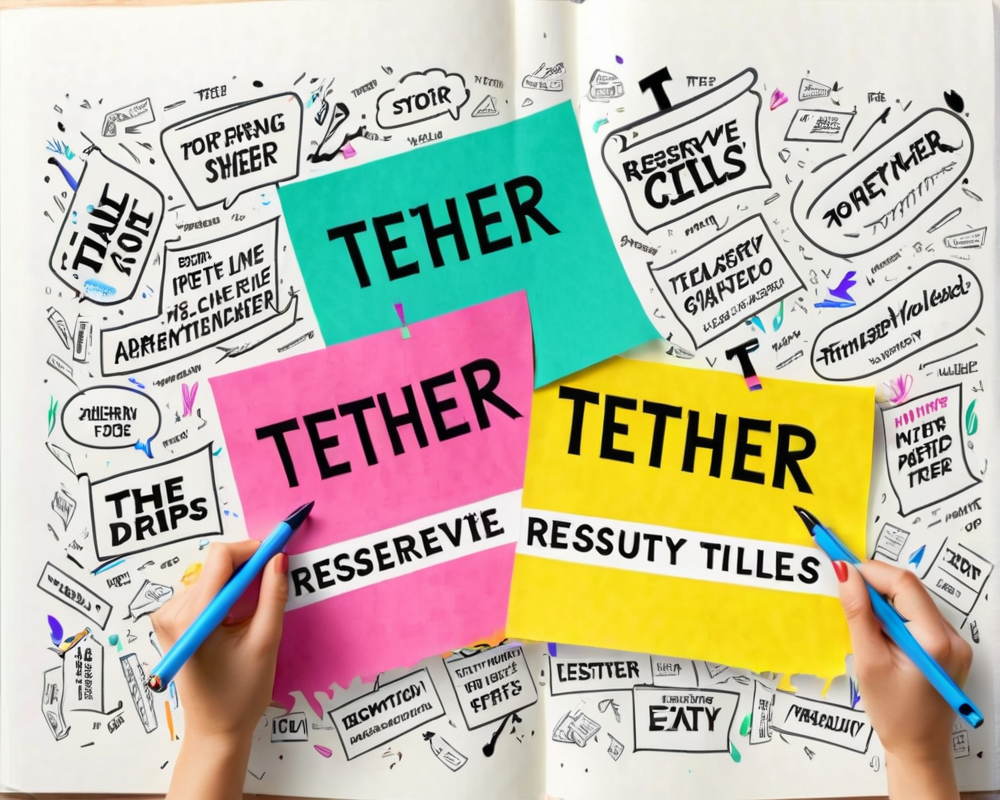Blockchain Grant for the National Power Grid
The United States Department of Energy (DOE) has decided to jazz things up by shaking hands with blockchain technology. On July 12, they granted nearly $200,000 to a company known as TFA Labs to explore the electrifying world of energy security. No, this isn’t a sci-fi plot; it’s real-world tech aimed at safeguarding our national power grid!
The Core Vision: Reliability and Resilience
According to the grant proposal, the major goals revolve around enhancing the reliability and resilience of the electric grid using blockchain. The DOE’s abstract mentions, “Electric grids are quickly evolving with advanced monitoring and information management as well as communication through connected devices.” Sounds fancy, right? As the number of devices and sensors grow exponentially, the vulnerabilities in data integrity are still present, making it crucial to create a system that doesn’t just protect but also fortifies our energy infrastructure.
Securing Devices with Blockchain
TFA Labs aims to bring some robust tech mojo to the power grid through the integration of blockchain. Their approach focuses on validating and securing devices to ensure they are malware-free. Moreover, they’re on a mission to develop cost-effective solutions to secure everyday consumer devices right out of the box. In the wild world of tech, it’s like saying, “Why not make peace of mind standard in your tech adoption?” The blockchain wizardry here might just provide that security blanket.
A First Step into the Future
As TFA Labs gets their hands dirty in trial runs, they’re leveraging the Factom Protocol for this grand experiment. The goal is to have a prototype ready by the end of March during the trial’s first phase. Now, picture this: If they succeed and successfully kettle this innovation into phase two, they could be partnering with device manufacturers and potentially bagging an additional $1 million in DOE funding. Talk about a high-stakes poker game with taxpayer dollars!
Bitcoin’s Role in Energy Efficiency
In line with energy discussions, it’s interesting to note that Bitcoin isn’t just sitting around consuming power. Reports note that despite increasing hash rates, Bitcoin mining is becoming more energy-efficient. Data from Statista revealed that more computing power is being utilized without a proportional rise in electricity consumption. Perhaps blockchain is not only about protecting infrastructure but also about being kinder to Mother Nature. Who knew crypto could be the eco-warrior?
Conclusion: A Bright Future Ahead
As TFA Labs and the DOE collaborate, the hope is to turn the national power grid into a fortress backed by reliable blockchain technology. It’s a thrilling leap into a future where our energy systems might just be as secure as our favorite online banking apps. Maybe this is just the starting point for more revolutionary ideas to help us harness technology while safeguarding our essential services.




